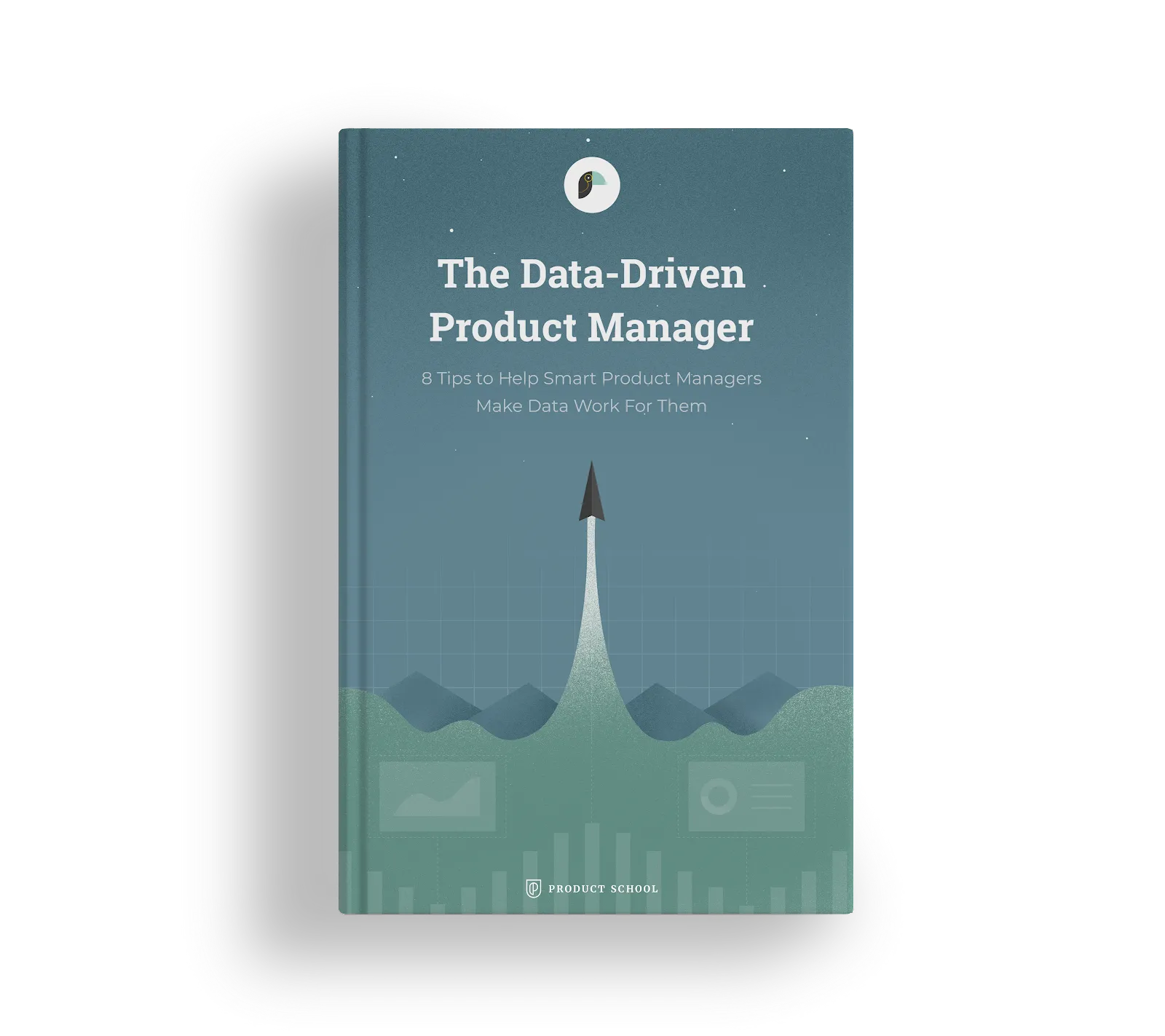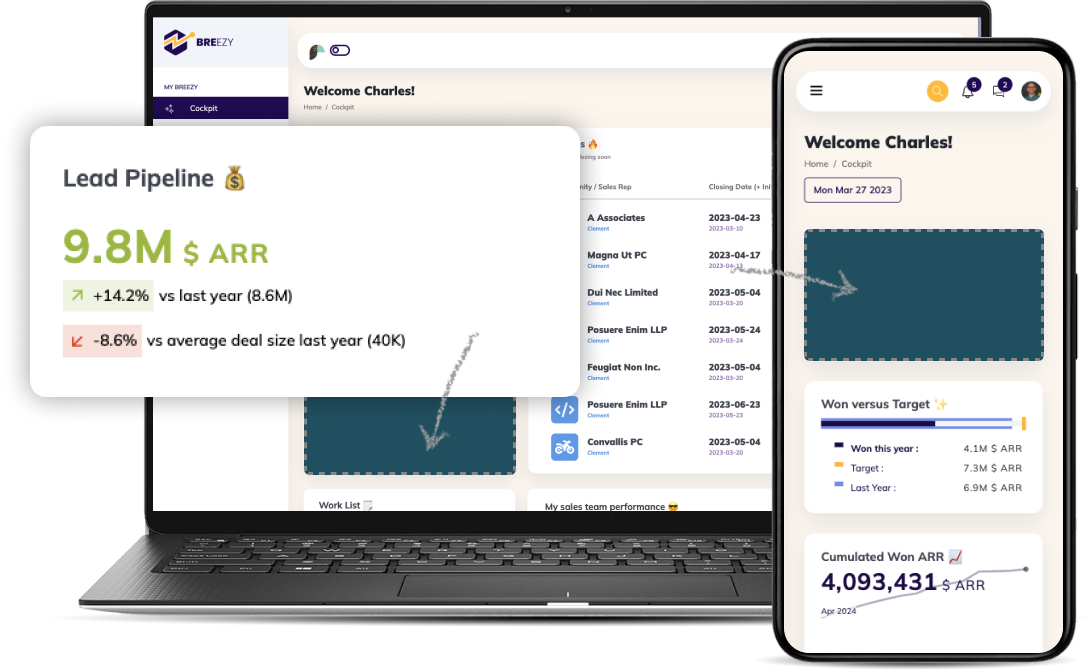When it comes to software as a Service (SaaS), data is a valuable asset. As businesses go digital, the increasing data opens doors to many opportunities.
SaaS analytics play a big role in unlocking the hidden potential within this data. They leverage data, providing valuable insights that fuel informed decision-making. Analytics convert data into actionable strategies, giving companies an edge in the market.
This comprehensive guide arms you with the necessary knowledge to navigate SaaS analytics. Explore how to propel success in your business.
What Is SaaS Analytics?
SaaS analytics is the process of collecting, analyzing, and interpreting data. It explores, analyses, and synthesizes various user metrics to provide helpful business insights. Businesses can track user behavior, customer acquisition, engagement, retention, and revenue generation.
What Should You Look for in SaaS Analytics Tools?
Selecting the right SaaS analytics is a critical decision that requires thorough consideration. Several factors come into play to ensure you make the most suitable choice:
Ease of Use
Choose platforms with intuitive interfaces, enabling seamless data exploration for all users. User-friendly tools ensure efficient adoption and use across your organization.
Flexibility
Look for solutions offering customizable dashboards and reports tailored to your business needs. Flexible analytics tools allow for personalized insights and better alignment with organizational goals.
Scalability
Ensure that the selected tools can accommodate growing data volumes. Scalable analytics platforms enable you to maintain effectiveness even as your company grows.
Integrations
Seek out SaaS tools that integrate with other essential apps used in your firm. Integrations ease data sharing and collaboration across different platforms.
4 Tools for SaaS Analytics
The data SaaS tools market is expanding fast. Valued at $12 million in 2021, forecasts suggest it could soar to $32 million by 2030. This growth is due to a rising demand for real-time data insights and cloud-based solutions.
With the increasing options, selecting the right SaaS solution can be daunting. We've curated four options below that warrant your consideration.
1. Google Analytics
Google Analytics is incredibly valuable for businesses, especially those with an online presence. While it may not be a pure data SaaS tool, it offers many features that businesses can leverage.
Strengths
One of the great things about Google Analytics is its pricing structure. It operates on a free and freemium model, meaning businesses can access a basic version at no cost.
When it comes to tracking user behavior, Google Analytics excels. It leverages various data sources to provide insights about a range of aspects. Businesses can track metrics such as traffic sources, user engagement, and conversions.
The platform also offers robust data visualization and reporting tools. Users can create customizable dashboards and reports to extract actionable insights.
Another advantage is its seamless integration with other Google products like Ads and Search Console. It also integrates with other third-party Software.
Limitations
One drawback is the restrictions on free accounts. The free accounts limit is 10 million hits per month, which may be inadequate for high-traffic websites.
GDPR and other privacy laws may require extra steps to protect data or get user consent. Additionally, there is a learning curve that may take some time to overcome.
2. Looker
Looker has established a strong reputation in the data analytics realm. It has over 17,300 companies leveraging its capabilities. Here are its strengths and weaknesses:
Strengths
Looker stands out for data exploration with its friendly search and data filtering features. Its interactive dashboards showcase a variety of visualizations, enabling thorough data analysis.
This tool offers tailored dashboards and reports to suit specific business needs. It integrates with diverse data sources and tools, creating a cohesive data environment.
Limitations
Looker can be expensive for small businesses compared to other SaaS analytics tools. Beyond that, there may be a learning curve for users to use its advanced features fully. Technical expertise is sometimes necessary for setup and integration with complex data environments.
3. Mixpanel
This tool helps businesses gain insights into user interactions with their digital products. It spans websites, apps, and more. It's a valuable asset for organizations aiming to understand user behavior and optimize their digital offerings.
Strengths
Mixpanel stands out with its user-friendly interface, making it a breeze for both technical and non-technical users to navigate. This accessibility ensures that teams can quickly grasp and utilize its features.
Also, it excels in creating funnels and cohorts, enabling you to analyze user experience journeys and pinpoint drop-off points. This empowers data-driven decision-making, allowing you to optimize your app for conversions.
Mixpanel is also an incredibly adaptable tool. It allows users to tailor it to different product types and business objectives. Whether you're setting up custom events or defining user cohorts, it offers the flexibility to meet a wide range of analytical needs.
Limitations
The free plan may not suffice for companies that are expanding or have a high level of user engagement. If you are dealing with large datasets, you might need to split them or optimize them for efficient ingestion within the rate limits.
If you need to update large profiles, it might be necessary to make many API calls. It's important to plan and optimize carefully to avoid reaching the limits.
4. Toucan - Customer-facing analytics
Toucan offers a great solution for SaaS product owners looking to integrate data analysis into their applications. With a focus on self-service business intelligence (BI), Toucan stands out with its customizable options.
Strengths
- One key feature of Toucan is its drag-and-drop interface. This allows all types of users to create and customize dashboards and reports easily. You can tailor your analytics experience without extensive training.
- Toucan also provides pre-built connectors, enabling seamless integration with various data sources such as databases and APIs. This eliminates the need for complex coding and streamlines the data integration process.
- Beyond that, Toucan is a mobile-friendly SaaS analytics tool. You can access it from any device, including smartphones and tablets. This flexibility enables you to access data and insights on the go, enhancing productivity and efficiency.
Limitations
- Potential considerations include pricing, limited customization options for complex use cases, and integration complexity with specific data sources.
What Are the Key Metrics to Track
Tracking user behavior and optimizing your SaaS strategy is crucial for success. Thankfully, key performance indicators (KPIs) across various stages of the customer journey can provide valuable insights. Let's highlight the five key growth metrics of SaaS analytics:
Customer Acquisition
Customer acquisition metrics focus on the process of acquiring new customers and understanding the effectiveness of marketing and sales efforts. They include:
- Cost per Customer (CPC)
- Landing Page Conversion Rates
- Campaign Performance by Demographics
Engagement Rates
Engagement rates focus on how users interact with a product or service, indicating the level of interest and satisfaction. Some of the common examples include:
- Feature Adoption Rates
- Session Frequency and Duration
- User Journey Analysis
Retention Rates
SaaS analytics tools also provide insights into customer retention metrics. This helps assess the ability of a business to retain its customers over time, indicating customer loyalty and satisfaction. They include:
- Churn Rate by Cohort
- Customer Lifetime Value (CLTV) Prediction
- Net Promoter Score (NPS)
Revenue
Revenue metrics include average revenue per user, time to first payments and subscription renewal pays. They often revolve around the financial performance of a business.
User Experience (UX)
UX metrics relate to the usability, satisfaction, and overall experience users have when interacting with a product or service. Examples of related reports include:
- User Session Recordings
- Heatmaps and Clickstream Analysis
- Customer Satisfaction Surveys
Analytics for SAAS customers
Analytics for SaaS customers offers a plethora of benefits, notably in optimizing key performance indicators (KPIs), refining data filtering, harnessing various data sources, and deploying sales dashboards. These tools elevate user experience and streamline operations within embedded SaaS platforms.
KPI Optimization
Analytics allows SaaS businesses to refine their KPIs, enabling them to measure growth accurately and make data-driven decisions. You can identify and focus on key metrics to gauge your success and drive strategic initiatives.
Enhanced Data Filtering
Advanced data filtering capabilities empower SaaS customers to extract valuable insights from vast datasets. You can leverage sophisticated data filtering techniques to isolate relevant information and uncover actionable trends.
Diverse Data Sources
Analytics for SaaS customers leverages a variety of data sources. These include user interactions, application logs, and external APIs.
Sales Dashboard Deployment
SaaS companies deploy sales dashboards to provide real-time visibility into sales performance metrics, pipeline health, and revenue forecasts. These dashboards enable sales teams to track progress, identify opportunities, and prioritize activities.
User Experience Enhancement
Embedded analytics enhance user experience within SaaS platforms by delivering insights directly within the application interface. Users can access actionable insights without disrupting their workflow, fostering greater productivity and engagement.
SaaS Analytics for Your Business
Analytics SaaS tools are a must-have for any business in today's digital age. Markets are constantly changing, making it essential to have access to real-time data insights for making informed decisions. Data equals power, and SaaS analytics provide the key to unlocking that power.
Selecting the appropriate data SaaS tools is the first step towards a successful data-driven business venture. The right tool can simplify the process of achieving your business goals.
This guide is only the start. Dive deeper into our handpicked selection of resources, such as blog posts, articles, and tools, to enhance your SaaS analytics journey.





